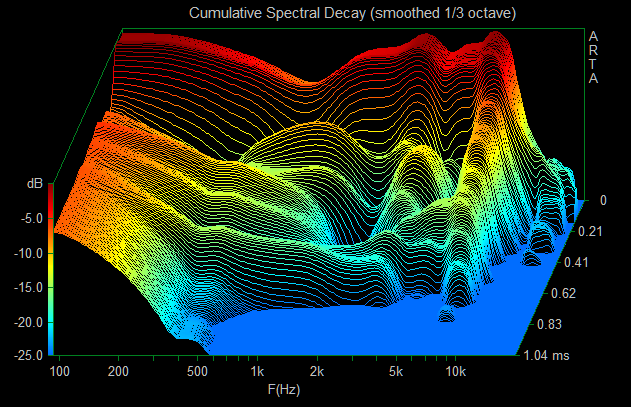arielsivan
New Head-Fier
What an expert answer!Dunno about expert…but, I will say that smaller ID(1-1.5mm) work to cut out the high frequencies. Larger ID (2-3mm) work to cut the lows. Length of tubing will heighten the effect but will also effect the output level along with phase if cut too long. Type of tubing also effects final FR. Industry norm is soft vinyl. However, if put in silicone, a different response is given. Manual manipulation of the FR has been used to great effect. In some ways its more effective with IEMs than electrical manipulation. However, for low frequency drivers, nothing beats a properly calculated L-Pad, which will lower overall volume of the driver without introducing a phase shift AND will eliminate a 2-3rd harmonic bump. Also, using MELF resistors greatly reduces overall THD. For high frequencies, a longer and wider tubing coupled with properly sized capacitor works wonders as well.

Thank!





























